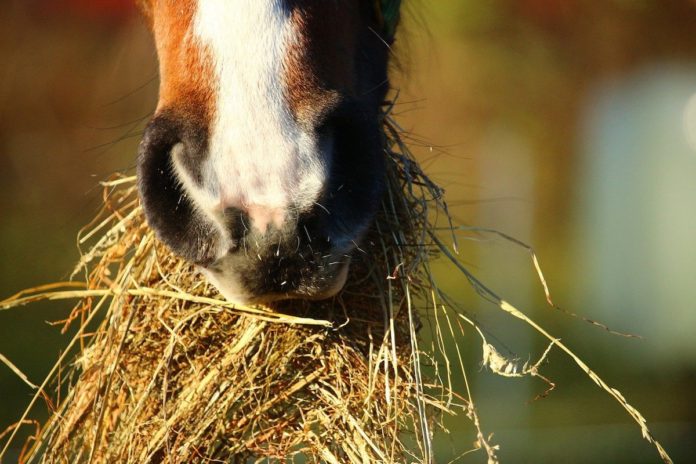The facts about fibre
By Katie Williams M.Sc (Dist), R Nutr, Technical & Product Development Manager at Dengie Horse Feeds.
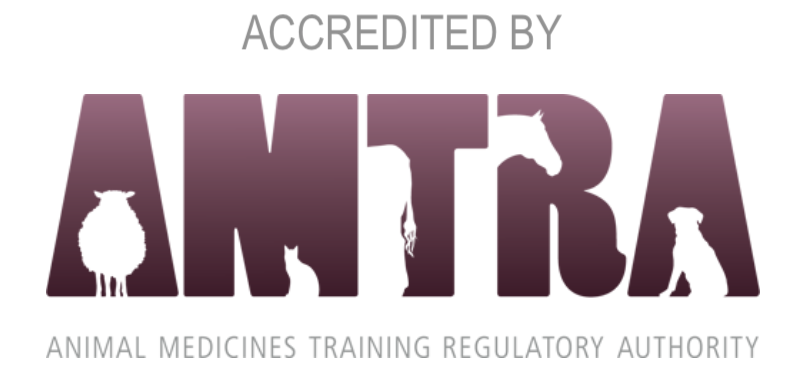
RAMAs/SQPs who read this feature and submit correct answers to the questions below will receive two CPD points. For more about AMTRA and becoming a RAMA/SQP, visit www.amtra.org.uk
Feeding horses is both an art and a science – the science provides the facts and the art is about applying it to each individual horse or pony.
Fibre is a great example of this. Research has confirmed the importance of fibre for maintaining health and well-being but there are lots of different sources and types of fibre available. Knowing which one is best for a particular horse or pony is where the art of feeding, or giving feeding advice, comes in.
NOT ALL FIBRE IS THE SAME
Digestibility is a key concept in determining the quality of a fibre source. In principle, the more digestible a fibre is, the more energy and to some extent nutrients, it provides to the horse. Pectin is a very digestible type of fibre and is found in higher levels in sugar beet whereas cellulose is a much less digestible type of fibre. High levels of lignin, an indigestible substance that gives a plant structure, significantly reduces the digestibility of a forage. The older and taller a plant gets, the more lignin is present which is why hay is less digestible than dried grass that has been harvested when the grass is young and therefore short.
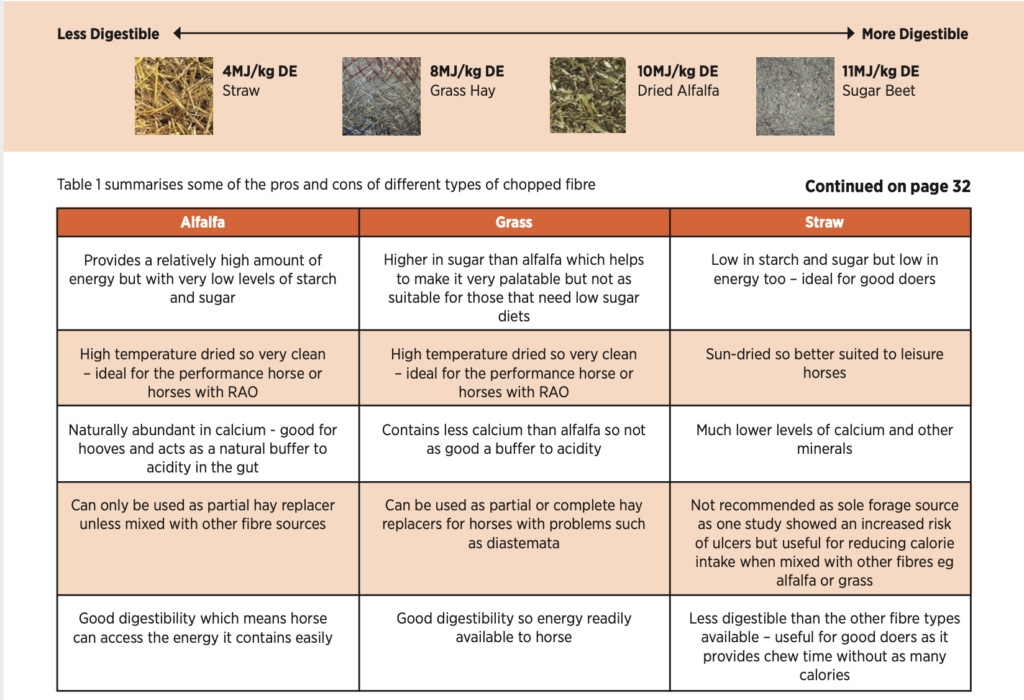
BUSTING MYTHS ABOUT FIBRE
Unfortunately, a lot of myths abound about different fibre sources. The following information should clarify some of the most common!
Horses can’t digest fibre, can they?
Well not themselves no but they do have a population of microbes in their digestive tract that can, and the energy the microbes release from fibre is what the horse uses as fuel for work, maintenance or growth. The other key fact is that the horse’s digestive system is designed to slow the transit of fibre long enough for the microbes to break down the fibre and release the energy – if the horse’s gut was like ours, the bugs simply wouldn’t have time to do their work before the food passed through and out of the digestive system.
Sugar Beet contains sugar, right?
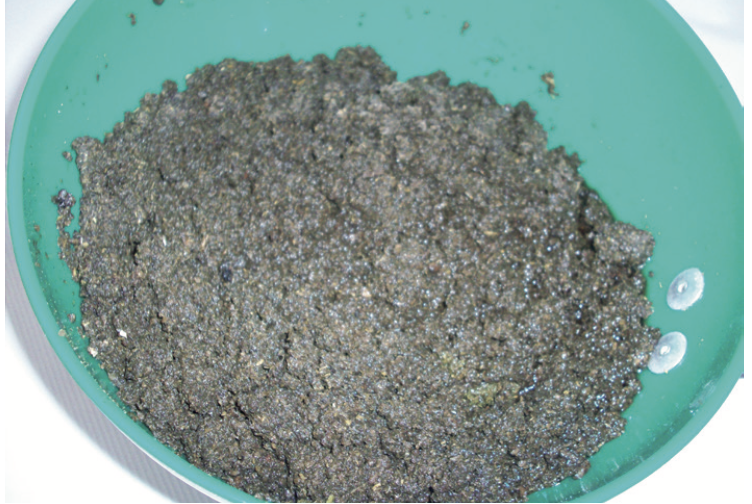
Er, no it doesn’t, well not much anyway, not by the time it has become a feed for horses and other animals. The sugar has nearly all been taken out for use in human foods and what is left is a really fibrous pulp. The pulp itself is less than 5% sugar so less than half the simple sugars found in most hays. Some sugar beet pulp has molasses added to make it a little bit sweeter and more palatable but unmolassed sugar beet pulp is a really great source of highly digestible fibre with a low sugar content. The fact that it is so digestible means it is effective at promoting weight gain safely. As it is fed soaked it can be used in a dilute form to dampen feed and hide supplements for horses and ponies that require a low sugar diet.
Is alfalfa too rich for most horses?
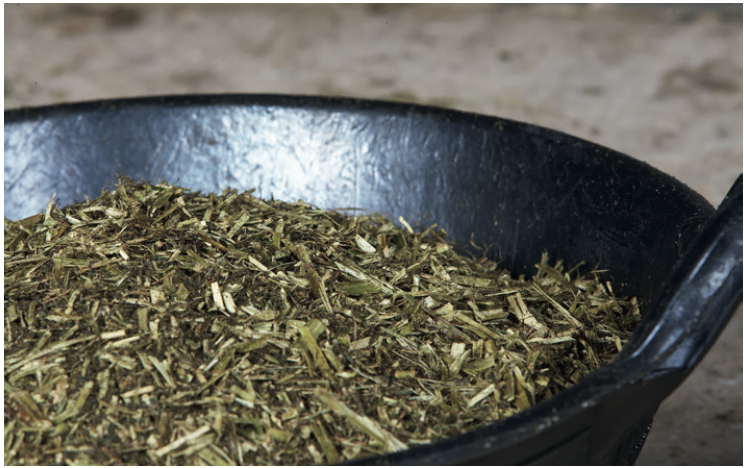
Rich can mean different things to different people but if we take protein as a measure of richness, most alfalfa chaffs in the UK have a protein level of between 12 and 15%. This is comparable to a conditioning cube or competition mix. Most importantly a percentage of protein means nothing until it is considered in conjunction with how much is fed. One scoop of a 12% alfalfa chaff weighs around 400grams and so supplies 48 grams of protein which equates to between 6-8% of a 500kgs horse’s daily maintenance needs. Very few people feed more than a couple of scoops per day and so are only supplying around 12-16% of their horse’s total requirement – certainly not a case of being too rich for most horses! Confusion is often caused by the fact that alfalfa is used as a hay in the USA and Canada and so is fed in much, much greater quantities – maybe 10kgs a day. This fact is often missed when information is posted on the internet that relates to feeding this amount of alfalfa.
I can’t use that mix, it’s got oatfeed in and my horse is fizzy
Oatfeed often causes confusion especially when it’s included in feeds for horses in light work or those prone to laminitis. Oatfeed is the fibrous hull from around the grain and is removed when the grains are processed for use in human foods such as porridge. Oatfeed contains around 25% fibre so although it comes from a cereal plant, it’s not the grain itself and so is relatively low in starch at approximately 10-12%. It is supplied in a pelleted form and so can be used to dilute other ingredients in lower energy feeds.
I can’t feed my horse straw – he’ll get colic
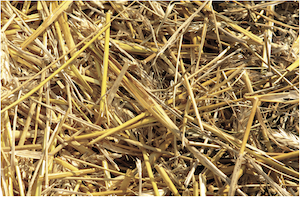
Some people are put off using straw as they believe it can cause impaction colic. This is a shame as straw can be a really useful feed ingredient - straw is high in fibre and has a very low-calorie level compared to other forages as it contains higher proportions of indigestible components such as lignin. It is great for mixing with good quality hay or haylage to dilute the calories supplied to good doers especially in situations where it is hard to buy in separate forage such as on a livery yard where forage is provided as part of the livery arrangement. It is recommended to use around 30% straw in the mix with other forages.
Obviously, long length straw should be avoided for those with poor dentition but it can be soaked and/or steamed for those with respiratory health issues. The only downside to be aware of is that one study found that horses fed straw as the sole or predominant forage source were more likely to have gastric ulcers. In the UK, straw is rarely fed as the sole or predominant forage source fed to horses so it is not something many people need to be concerned about.

About the author: Katie Williams M.Sc (Dist), R Nutr is the Technical & Product Development Manager at Dengie Horse Feeds. Katie’s role combines technical nutritional support for customers and staff, product development, ensuring compliance with legislation and regulations while also working closely with the production and quality control teams.

ETN’s series of CPD features helps RAMAs (Registered Animal Medicines Advisors/SQPs) earn the CPD (continuing professional development) points they need. The features are accredited by AMTRA, and highlight some of the most important subject areas for RAMAs/SQPs specialising in equine and companion animal medicine.
AMTRA is required by the Veterinary Medicines Regulations to ensure its RAMAs/SQPs undertake CPD. All RAMAs/SQPs must earn a certain number of CPD points in a given period of time in order to retain their qualification. RAMAs/SQPs who read this feature and submit correct answers to the questions below will receive two CPD points. For more about AMTRA and becoming a RAMA/SQP, visit www.amtra.org.uk










